Boy Unearths a Lost Historical Relic after Discovering Strange Tracks
While walking by Lake Kurtna Matasjarv in Estonia, a local boy named Kasper spotted strange tracks leading into the water. They didn’t appear to be leading anywhere—the lake was too small to allow for boating or other activities—and besides, they were in the middle of nowhere. The boy realized that there was no reason for those tracks to be there. The mystery piqued his interest.
The boy would return to the lake a few times over the next couple of months. Each time, he would notice air bubbles erupting from the water. Eventually, the boy got others interested. A small crew began to delve deeper into the enigma beneath the surface of lake Kurtna Matasjarv. What they got out of it was nothing short of incredible: a piece of history that had been lost to time.
Kasper Took the Less-Beaten Path
Kasper had been making an attempt to gain a better understanding of the forest. He made a quick glance down the left path before deciding on the right. One was packed with nature-loving hikers. The other was a shamble of a path, a less-beaten track.
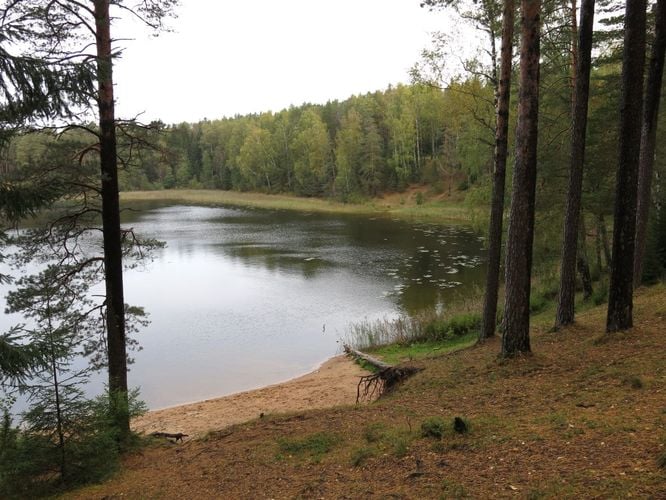
He knew right away which path to take. The swamps of Estonia beckoned to be explored. With green pines piercing a clear sky, the scenery was breathtaking. Reflections of sunlight glinted off Lake Kurtna Matasjarv on the horizon.
Lake Kurtna Matasjarv in the Middle of Nowhere
The young man, anxious to explore the Estonian wilds, followed the long-abandoned path. He spotted unusual markings in uneven earth as he walked further and further out. It wasn’t long before he came across Lake Kurtna Matasjarv, where he would discover a mysterious pair of tracks leading into the water.
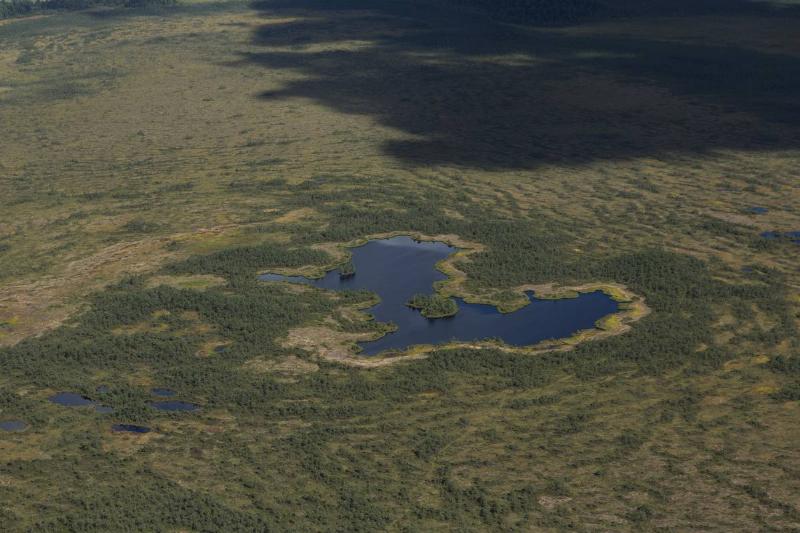
FOCUS/Toomas Tuul/Universal Images Group via Getty Images
The lake is fairly large at 53,820 square feet. As you can see, the lake is located in the middle of nowhere. No one in their right mind would drag a boat out so far. What the boy found was unlike anything else he’d seen on his treks out in the woods.
The Weird Markings
After tracing the lake’s rippling shore, Kasper spotted curious markings in the fern-covered ground. They were unlike anything he’d seen in his previous expeditions. They seemed to come from the lake and lead into the forest, or vice-versa.
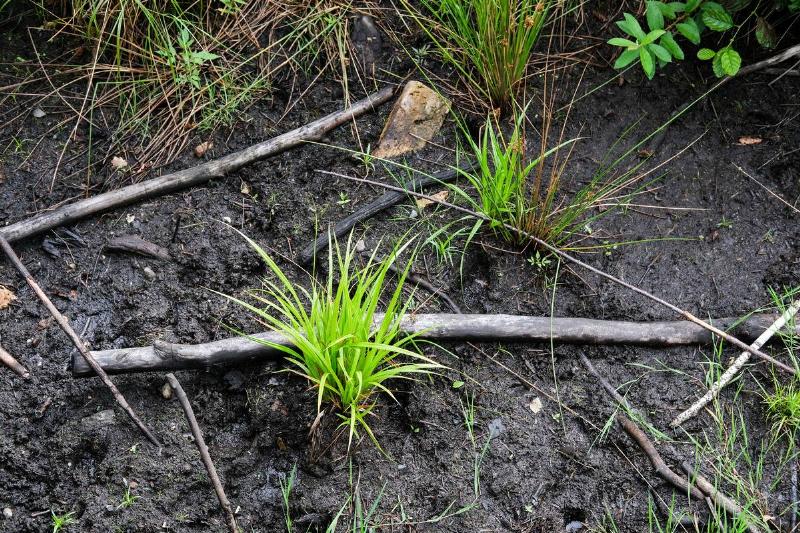
Jens Kalaene/picture alliance via Getty Images
The markings were obscured by years of growth, but they weren’t completely hard to see. Before now, Kasper had not given much thought to how people might use the lake, if at all. There were never any fishing boats, for there were no roads leading away from the lakeside.
The Marks Were Not The Only Object on the Ground
This wasn’t the first time Kasper had walked around Lake Kurtna Matasjarv. He had walked this path a few times before. It was strange that he’d only just discovered these markings now. He was interested to see where they led. And so, he followed them.

Mark Kerrison/In Pictures via Getty Images
The strange markings took him along a hidden path, covered in grass and brambles. If the markings weren’t strange enough, Kasper would be left scratching his head after he saw what was to come next.
He Found a Mysterious Rope
Lying next to the weird markings by the shore of the lake was a rope. What did a rope have to do with these weird tracks? Kasper assumed that it must have been for the anchor of a boat, but there were no boats for miles around. As he scraped the mud away, his young mind raced with possibilities.
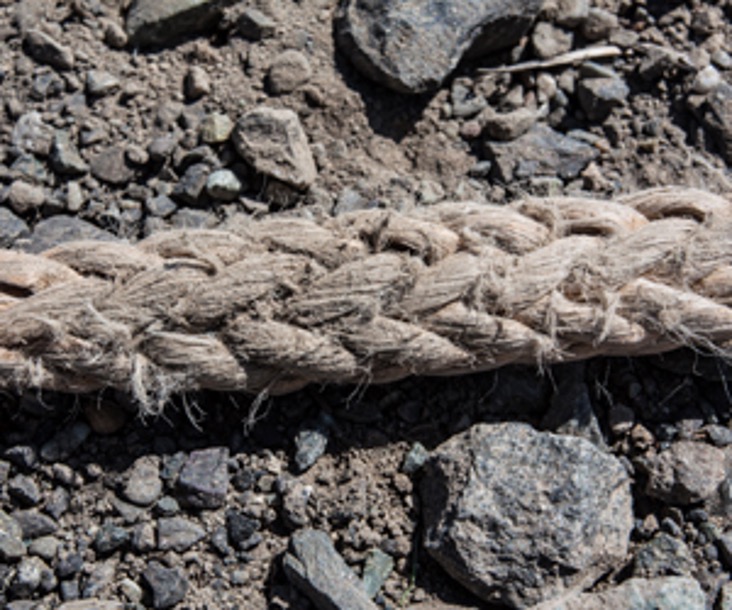
masterpull.com
Kasper fished around in the muck. He hoped to get the rope out of the swampy dirt to find out what was on the other end. He pulled and pulled, but Kasper, a young boy, wasn’t strong enough. He couldn’t pull it out another inch. Whatever it was, it was buried deep.
What Was on the Other End?
If he was going to get to the bottom of this mystery, he would need backup. There was no way he would be able to do it by himself. He realized he would need to get help from his parents.

Stijn Swinnen/Unsplash
Kasper turned around and returned to his house after dropping the muddy rope. When he arrived, he hurriedly explained and informed his parents of what he had discovered in the lake. His mother and father, understandably, were perplexed.
Kasper Gets Help
His parents returned to the spot where their son had discovered the markings and the rope. They followed the shamble of a path until they reached the spot. They were the second people to see it, and they were just as baffled as Kasper.
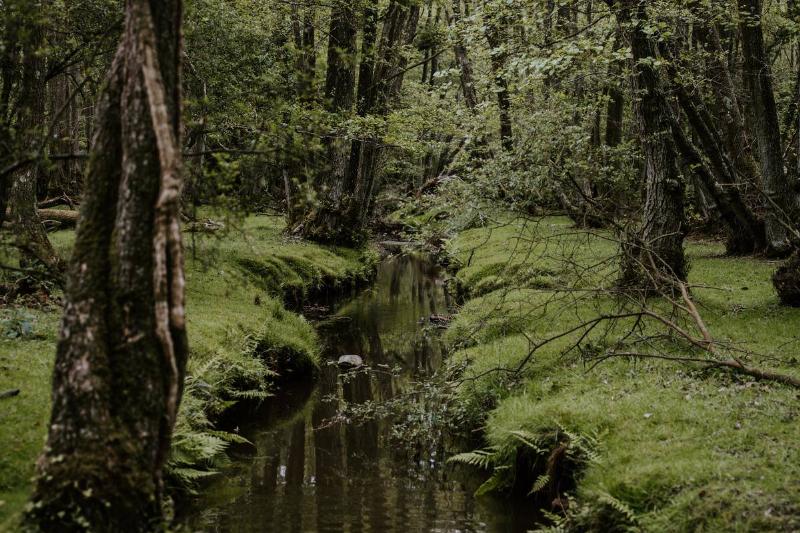
Unsplash/Annie Spratt
His parents went through the same thought process as he had. The rope looked to have been used to anchor a boat, but where was the boat? Who would be crazy enough to drag a boat all the way through the swamp? What could be buried between the lake and the forest?
The Parents Weigh In
Kasper’s parents cleared away what they could around the rope. They couldn’t figure out what the weird tracks on the ground meant or what the rope could be attached to at the shoreside. They couldn’t give their son an answer. It was a puzzle.
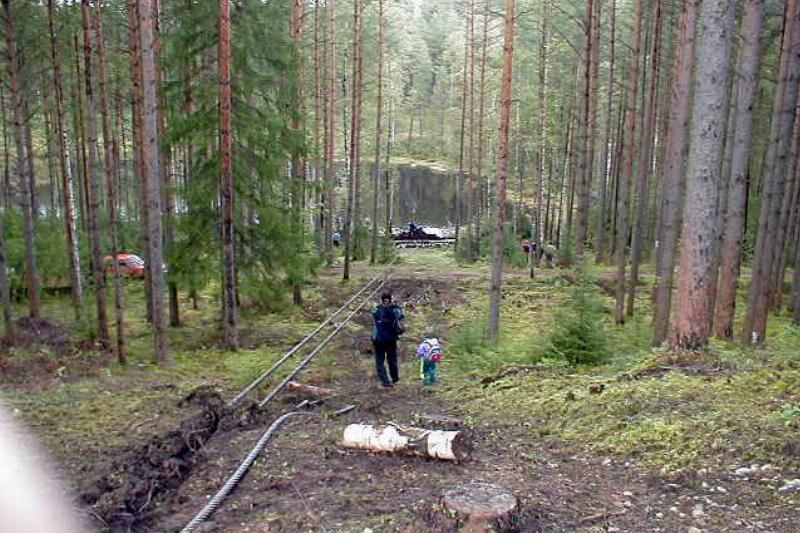
Imgur
Kasper kept thinking about where the rope would lead. To an old dock? To a buried boat? To some long-lost treasure? The youngster had no idea what he was about to unearth: he was standing above a piece of history.
A Local Mystery
The discovery could not be kept a secret. It didn’t take long for the community to hear about the strange anomaly discovered out in the swamp by the lake. Soon, onlookers were coming by to see the mystery for themselves. They huddled by the shore and made their guesses.

Imgur
Word quickly spread, and soon there was a small crowd. Before then, it was just Kasper, his parents, mysterious tracks, and a well-buried rope. Now with all these extra hands, the mystery was sure to be unearthed in no time—right?
Crowds Began to Gather
Hikers from all over took turns by the shore to pull the rope out of the mud. A tug of war began: on one side were the onlookers, on the other was the mystery. Still, the rope would not give. No matter how much mud they cleared away, the rope went deeper still.

Luke Porter/Unsplash
To drag the filthy rope out of the earth, they would need some major muscle—something beyond that which a few amateur hikers could offer. To find out what was on the other side, they needed the assistance of experts, or at least someone with heavy equipment.
What About the Tracks?
The authorities had formed a ring around the area. Meanwhile, a group of men examined the peculiar tracks that Kasper had initially noticed that led out into the trees. They thought that they might offer some sort of clue.
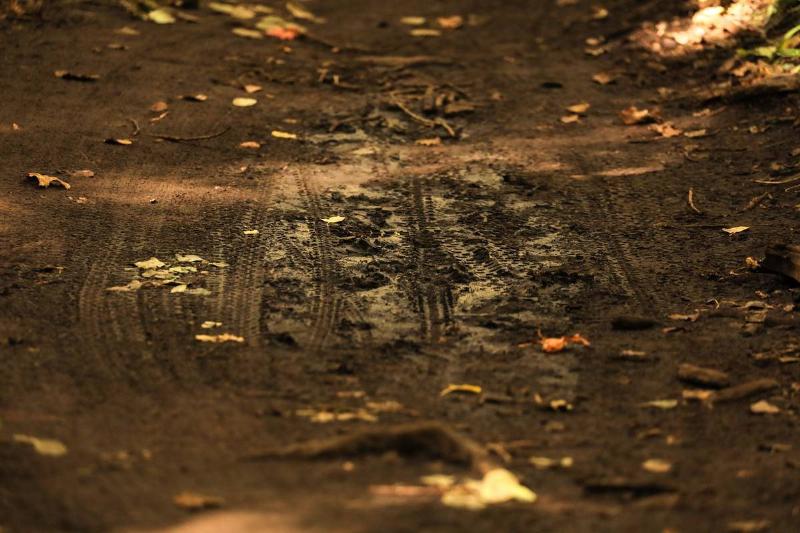
Patrick Hendry/Unsplash
But just like Kasper, they were baffled by their size and location. They were also puzzled by the fact that they were coated in what appeared to be years of growth. The marks had been there for many years, waiting for someone to notice them.
The Mud Cleared Away
After clearing away so much mud, the hikers finally hit something solid. It had a smooth surface and was obviously artificial. It looked to be a vehicle of some kind, an old boat or a car. Or it could have been some kind of hidden entrance. Still, the rope was further buried.
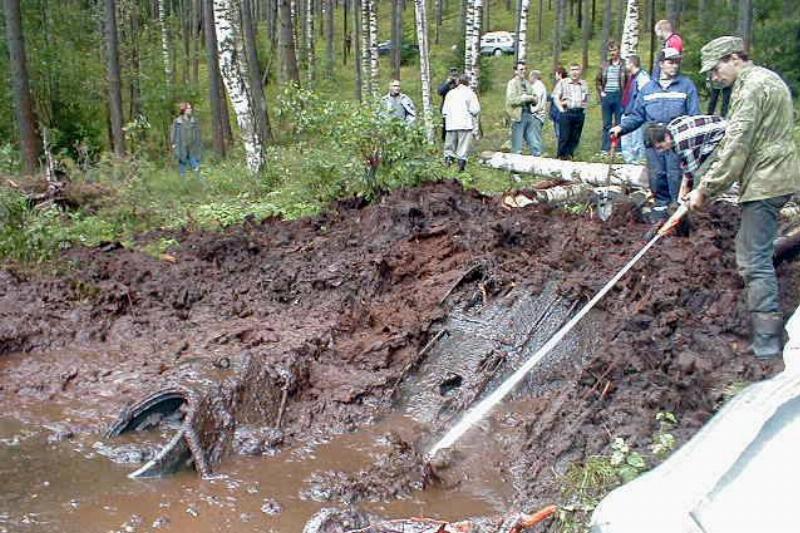
Imgur
The men put their shovels in the earth and took a hard look at their findings. It had been a hard dig, but they were finally getting some answers. However, the sheer size of the object made them realize that they were far from finished.
It Was Buried Deep
Whatever was buried under the mud didn’t seem to look like a boat. But the tracks covered up by years of overgrowth were beginning to make sense as markings on the object, still coated in a thick slime, became visible to the eye.
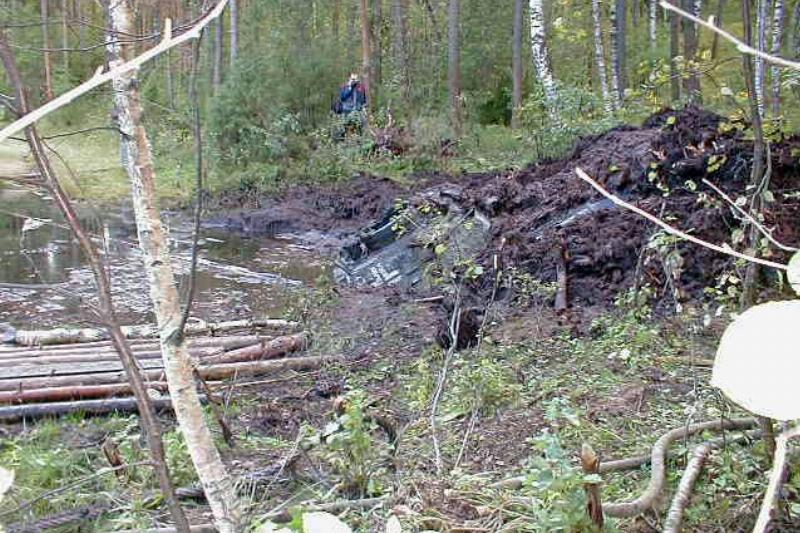
Imgur
Not only were markings visible, but something even more intriguing: there was a hatch or some kind of opening. The younger people around might have speculated that it was an entranceway.
Equipment Was Needed
Their shovels’ usefulness had reached their limit. If they were to extract whatever was under the surface of the lake, they’d need to up their game significantly—and that meant bringing heavy machinery through the forest and the swamp.

Vijay S/Unsplash
Some of the older people there (or at least those who listened to their grandparents) might have known what they were looking at. It was still submerged under filth and water at this point but starting to become more clear.
Calling The Experts
After much discussion and coordination, the heavy machines were called in, as well as expert diggers. The wheels churned over mulch and leaves as the driver navigated through narrow openings left by trees.
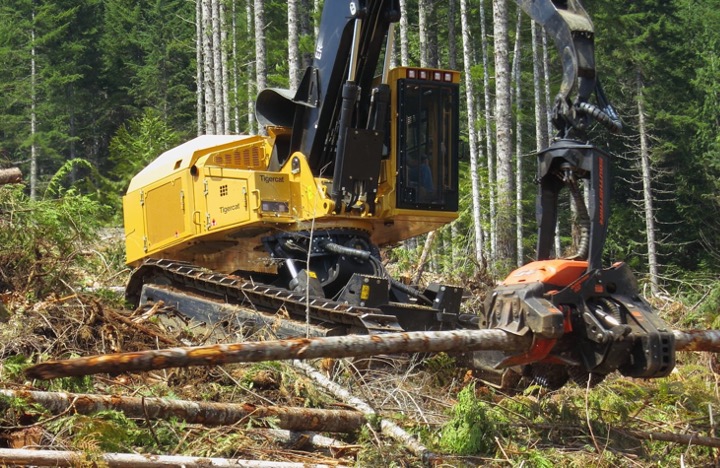
triadmachinery.com
The object would then be able to be pulled from the water. The excitement in town must have been palpable. Whatever lurked beneath the murky waters had to be hefty!
A Big Machine Came To Help
The folks standing around Lake Kurtna Matasjarv were told to clear the area as something came through the forest and the trees. The authorities had dispatched some big machinery to assist, and here it was at last. The noise of a massive bulldozer competed with the crowd’s excited chatter.

Ronan Furuta/Unsplash
This was no longer a small salvage operation. It was probably the most exciting thing their small town had seen in a long time, and no one wanted to miss a second. The machines set a short distance from the shore as men attached ropes to the iron beast.
The Massive Bulldozer Started Working
Of course, the setup took a long time. Many threads of rope had to be attached to distribute the tension. The workers just hoped that what they had would be enough in terms of pulling power. Some in the crowd certainly didn’t think so.
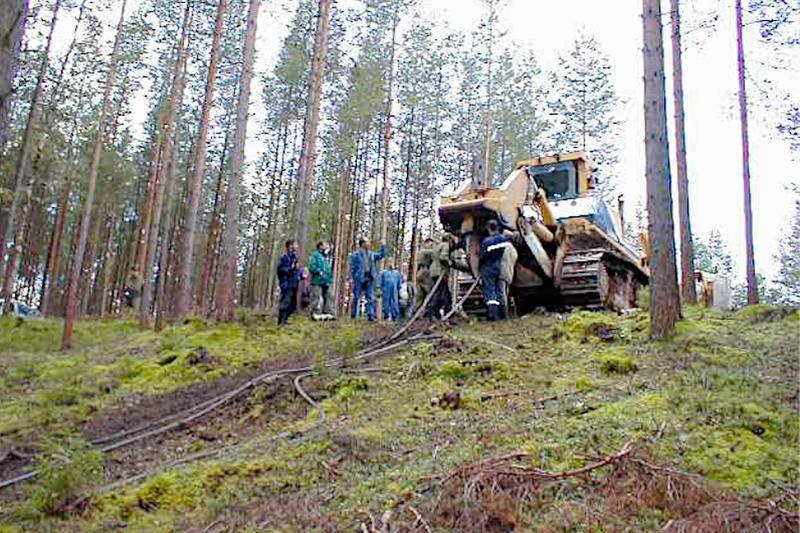
Imgur
Surprisingly, the object remained stuck in the mud despite the roaring effort of the massive machine. Whatever lay beneath Lake Kurtna Matasjarv’s surface was certainly vast. Even with heavy machinery, they could not remove such a massive, hefty object.
Time For Additional Reinforcement
The townsfolk had a few spare ropes hanging around, but only one vehicle pulling. While the workers went back to their machine to reorganize, some in the crowd were devising their own strategy. They broke off and raced back into town, returning to Lake Kurtna Matasjarv with their trucks and cars.

Marc Urbano/ caranddrive
The locals attached ropes to their vehicles in order to give the authorities a hand. They hoped that the sheer number of vehicles pulling would be enough to drag the mystery object out of the depths. But they weren’t alone.
Even the Young Boy Helped Out
Even after everyone had dashed back to their homes to fetch ropes, chains, shovels, or steel cables—Kasper still wanted to help. He was the one who discovered the rope, after all. The young boy lent his strength to pull out this massive, 30-ton object.

Erwan Hesry/Unsplash
He, like everyone else, was curious about what lay beneath the lake’s surface. As a result, he wanted to assist in any way he could. It took the residents of the town an entire eight hours to make any progress with the mysterious object.
The Prize Unearthed
Chains, machines, and muscles worked together in accord. With every fiber of their being, they heaved. The massive object burst out of the mud as grunts, and strained shouts filled the air. They were doing it!
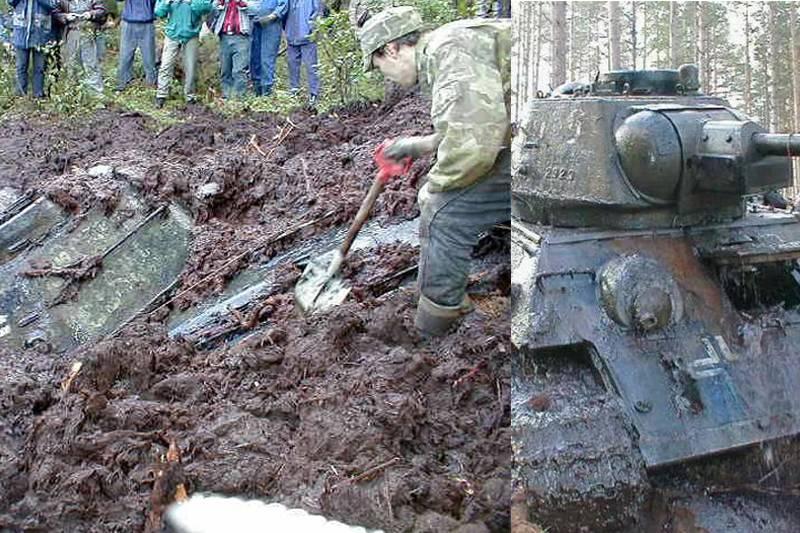
Imgur
They felt something move beneath the surface. People rushed in with shovels and buckets to clear out the remaining mud. The object they’d spent hours trying to retrieve was giant. They’d found a massive military tank! Besides the grime, it was in fairly good condition.
The Bulldozer Was the Last One To Pull
To those who’d been paying attention, it would have been obvious what the massive object was ever since the reveal of the hatch. But how did a tank end up buried at the shore of a lake? What was it doing all the way out in the forest? The mystery continued.
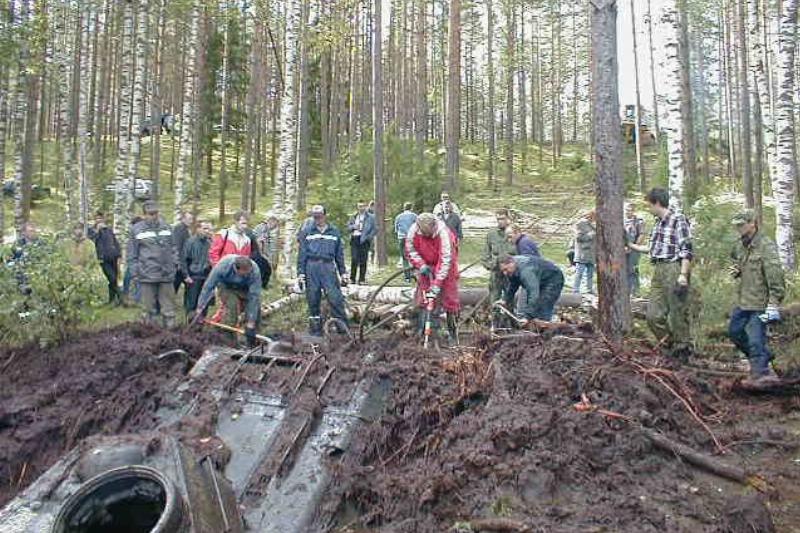
Imgur
The question lingered in the air as the men cleared the mud off the tank. It must have been quite a ride getting something that large and heavy out to a lake. Did the tank crash into the water by accident? Perhaps it had been buried on purpose?
The Strange Thing is an Open Hatch
When the tank pierced the surface, a collective gasp was heard. Slowly emerging from the shadows, the algae-covered monster spewed out murky water from its innards. While they were busy dragging it to dry land, they must have wondered what could possibly lay hidden inside.

Imgur
One thing was sure—the insides were filled with mud and water after being submerged for such a long time. There would need to be a careful cleaning job once it reached the shore.
There Were Symbols Written On The Side
As the crew washed away the mud, they uncovered an all-too-familiar white emblem, something from World War II. The tank had been sitting on the edge of this lake for a very long time. Had it not been for chance, it could have been there for much longer.
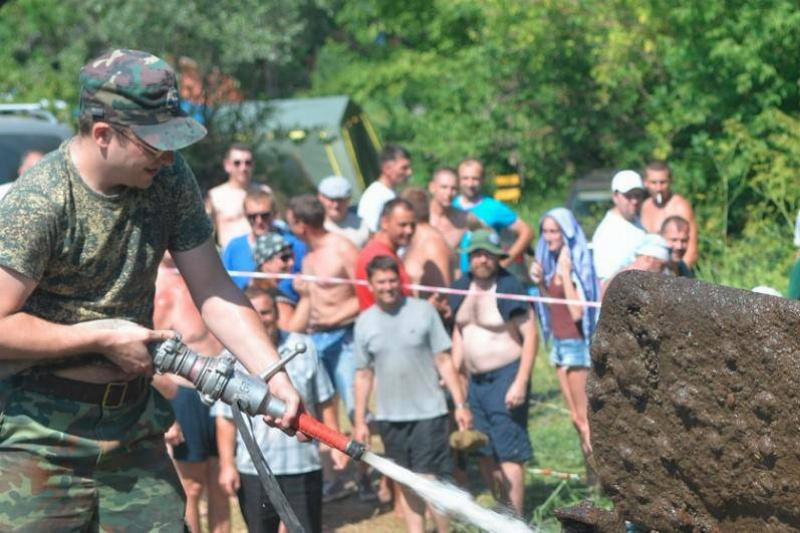
Imgur
With coordination and collective effort, they were ultimately able to bring the enormous metal object to the surface. No one could believe what they had dug up from the water. But the question remained: What was this battle tank doing at the lake’s bottom?
A World War II Tank
Imagine it: everyone falling silent after a grueling eight hours fighting the mud and water, then suddenly, it appears—a World War II tank. They’d uncovered a piece of Estonian history lying deep beneath the surface of Lake Kurtna Matasjarv.
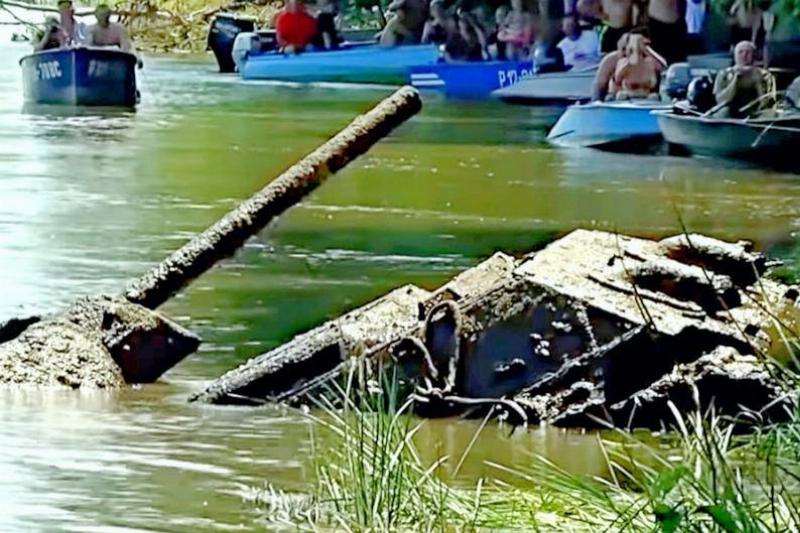
Imgur
It’s incredible seeing the stages of this monster being drawn out from watery oblivion, seeing a small lake in the middle of nowhere transformed into a tourist hotspot, if only for a day.
How Did The Tank End Up in the Lake?
After the shock of discovering a tank had worn off, everyone was left with one question: how did a World War II tank get buried in Lake Kurtna Matasjarv? It seemed to have been left in the middle of nowhere.
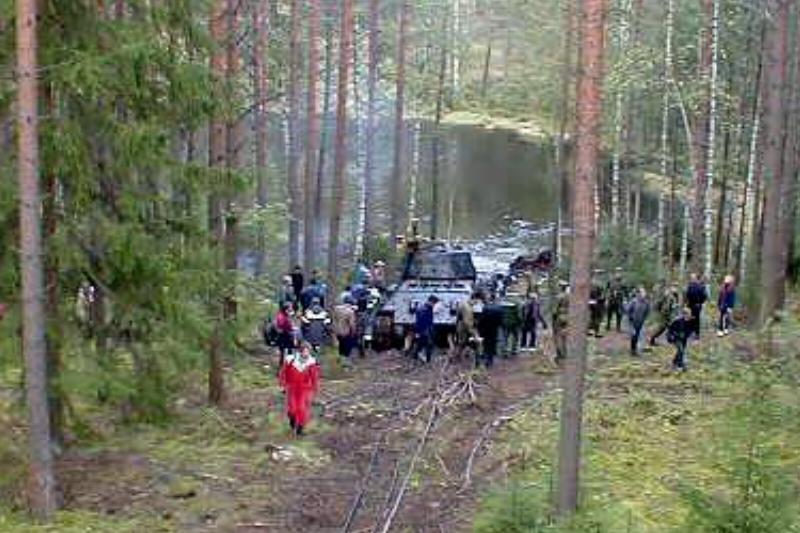
Imgur
Kasper must have felt his mother’s strong arms pulling him away just as he tried to gaze inside. She wouldn’t have wanted to risk it, afraid that ammunition—or worse—was still left in the tank’s cabin.
Ammunition Was Spotted
The crowds were warned away from the tank by the authorities, who realized that any ammunition inside could still be live. It would have the capacity to explode at any time, which would put everyone in danger if one wrong move was made.
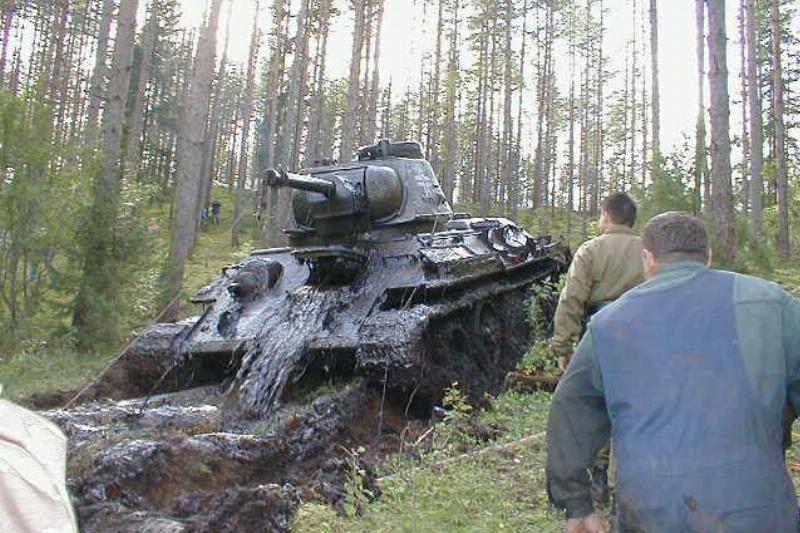
Imgur
The war machine was still in excellent shape; thus, the shells were still potentially lethal. Despite the dirt and grime, it was strange how well-preserved the WWII tank was after so many years.
The Extraction
The extraction was put on hold until the authorities were sure that they weren’t walking blindly into a dangerous situation. Once again, the experts were called in to extract any live ammunition from inside the tank.
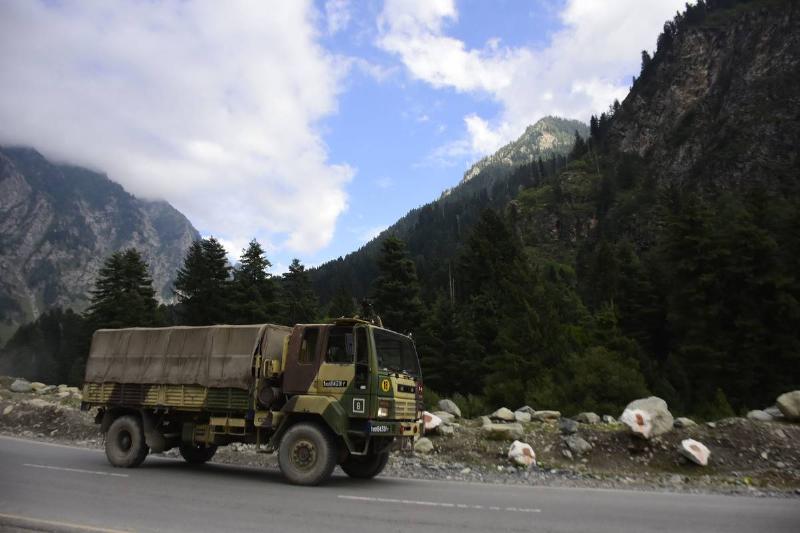
Muzamil Mattoo/NurPhoto via Getty Images
In any situation where explosives are involved, it’s always better to let the pros handle it. We’re talking about a machine manufactured for warfare. And with years of potential decay and damage, who knows what can happen.
It Took Two Weeks
It took two weeks to completely clear the tank of water. This meant carefully extracting the water inside and clearing away all the muck, all the while avoiding anything that might look like it could explode.
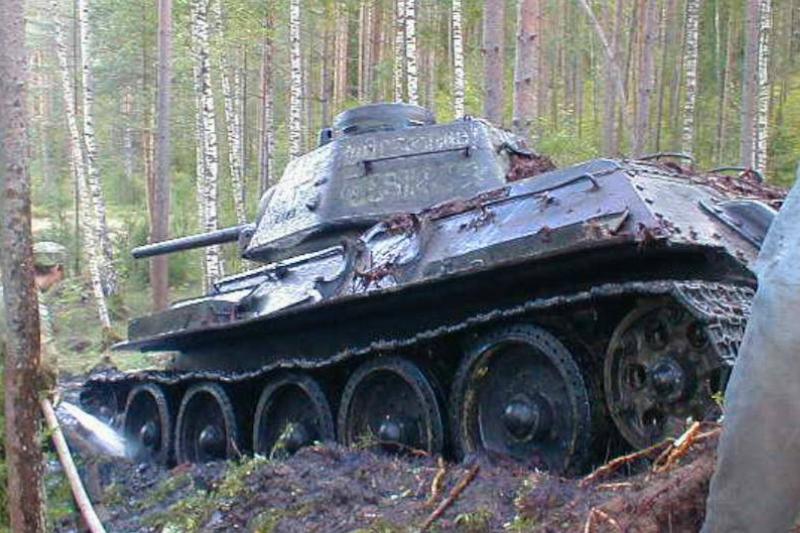
Imgur
We think you’d have to be pretty brave to get in there. Meanwhile, while the tank was being cleared, history enthusiasts went to work examining the markings on the sides. They wanted to know what kind of tank this was, exactly how old it was, its make, and so on.
A Soviet-Built T34/76A War Tank
They determined that the object was, in fact, a Soviet-built T34/76A war tank, a vehicle that was heavily deployed by the Soviets in the battle against the Germans. Despite having been submerged for decades, it was in excellent shape.
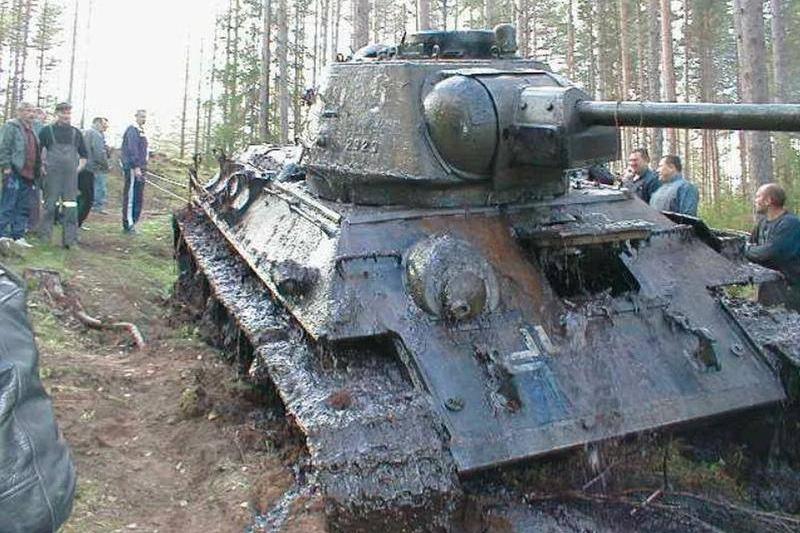
Imgur
It had been submerged for 56 years beneath the Estonian lake. It goes to show how hardy these war machines are. It certainly seems that they were built to withstand anything, including the ruins of time.
The Tank Is In Good Condition
Besides some cosmetic scuffing and rust, the Russian army tank was still in fantastic shape. The authorities were astounded to discover that the tank was in such good condition that it would even be able to be restored with a little work.
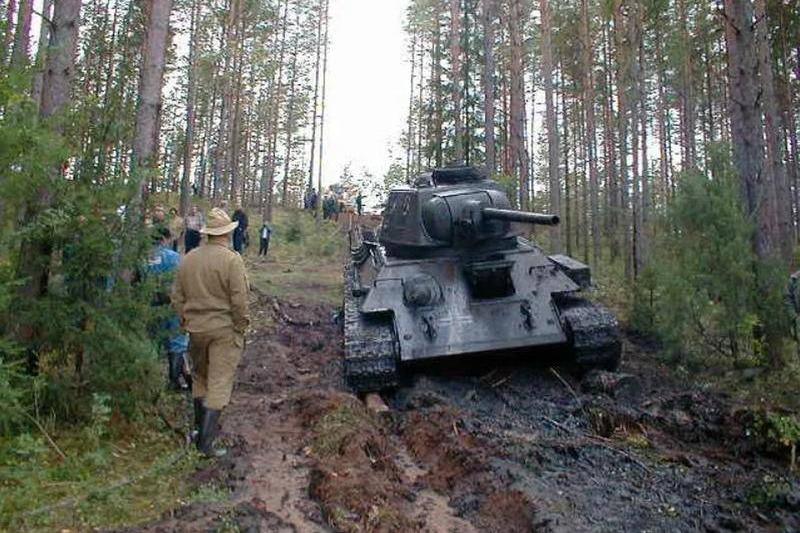
Imgur
They did, in fact, restore it. The tank now sits in the Gorodenko Museum, out of use. The machine is in perfect working order, but unlike the day it was dragged out from its watery grave, it no longer carries live ammunition. Speaking of live ammunition…
116 Pieces of Ammunition
A staggering 116 rounds of ammo were discovered inside, astonishing the expert curators from the nearby Gorodenko Museum. After a little cleaning and maintenance, they discovered that the ancient diesel engine still worked after all those years too.
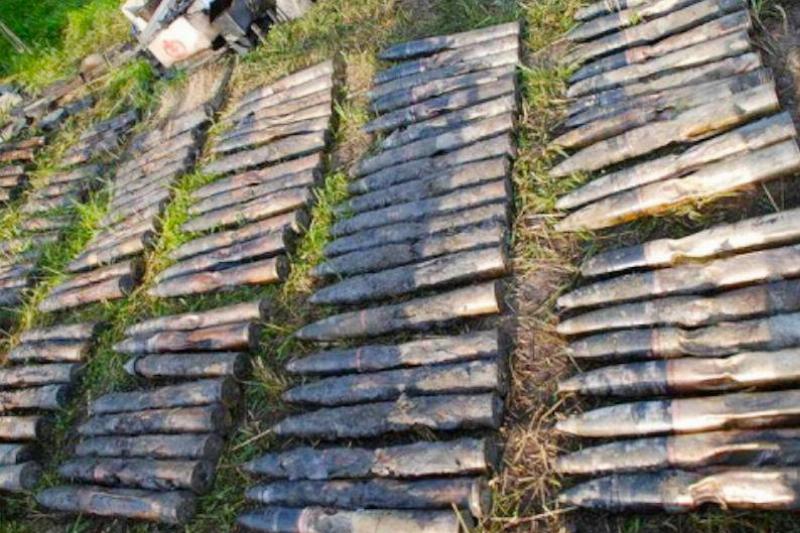
Imgur
The question still remained: why was the tank left in that remote location? Through careful study, the curators at the Gorodenko Museum were ultimately able to reveal why the tank was in that particular lake. Before we reveal why, can you guess how it got there?
A War Tank Captured By Germans
As it turns out, several skirmishes took place on the Eastern Estonia Narva front. A large number of soldiers and tanks passed through the swampy marshlands around Lake Kurtna Matasjarv. Over 100,000 soldiers died fighting in battle, and more than 300,000 were injured.

Sergei BobylevTASS via Getty Images
An almost endless number of tanks and soldiers were pushed into the area. On August 3rd, a massive Soviet unit attacked the Germans’ position. The fighting went on for seven days until August 10, when the noise settled.
The Tank Fought For Both Sides During World War II
During the Battle of the Blue Mountains in 1944, German soldiers captured the Soviet Trophy Tank—the very same that had been hidden in the mud for over 50 years. The curators must have been surprised to learn that during World War II, the tank served both the Russian and German sides.

TASS via Getty Images
During the Blue Mountain fights, the Soviets suffered a crushing loss, with 35,000 soldiers killed and more than 135,000 injured or sick. Over 160 tanks were destroyed during the battle. A certain combat tank ended up at the bottom of the lake six weeks later.
Disposal of the War Tank
The curators explain that German troops began to withdraw from the Narva front on September 19, 1944. At some point during the withdrawal, the Germans began to retreat slowly along the Narva front line, and they decided to abandon the war tank there.
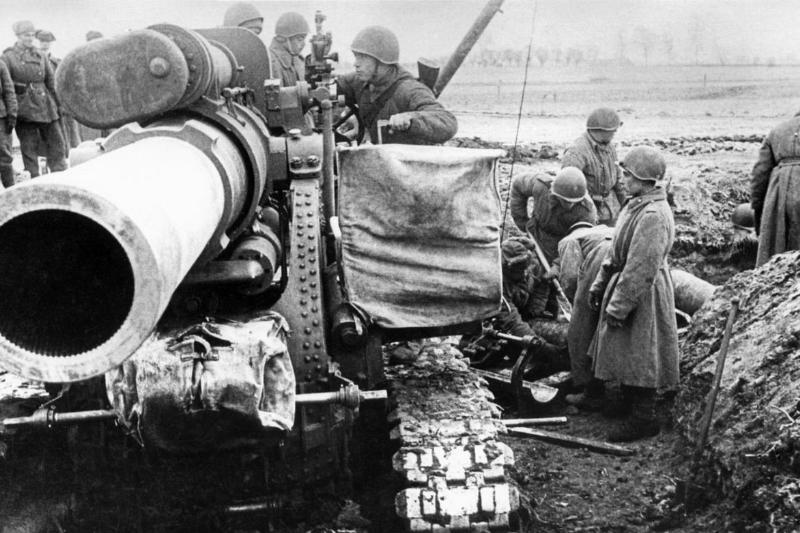
TASS via Getty Images
Because the German soldiers were likely in a hurry, they destroyed anything they couldn’t use. Because they didn’t want their adversaries to get their hands on weapons, they thought the best course of action was to dump the vehicle in the lake, where no one could find it.
The Tank Is Now On Display
For decades, the tank sat in a watery tomb stocked full of ammunition. That is until a curious boy in the Estonian wilds took the less-beaten track. It’s quite a wild story. Just think—the next time you go out walking, if you have your eyes open, you too could stumble upon a lost piece of the past.

Imgur
Today, you can pay a visit to the Gorodenko Museum and see the ancient T-34 on display for yourself. While it was probably used to do great and terrible things, it now stands as a testament to what a community can do when it pulls together.
